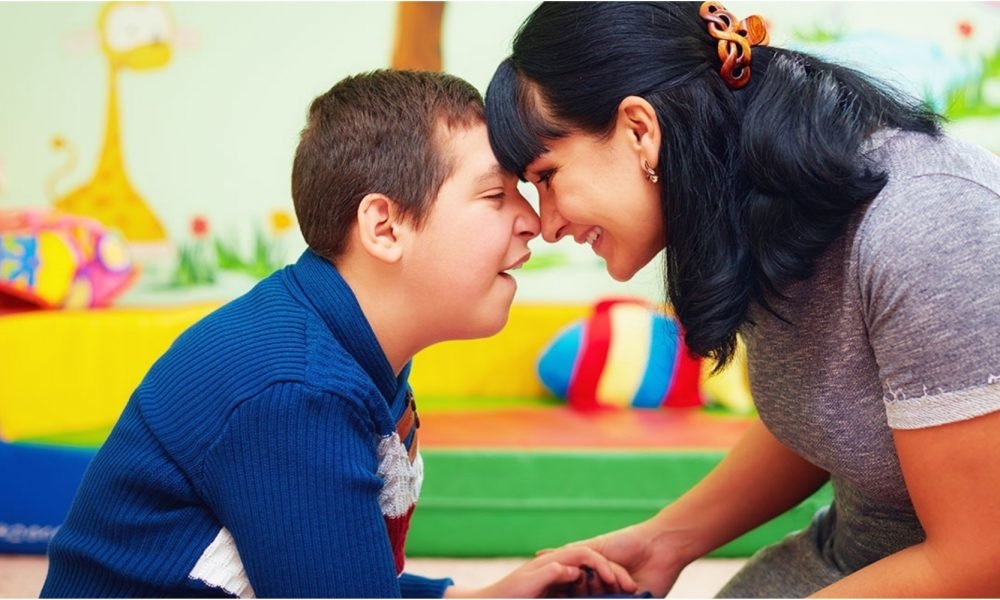
Four New Innovative Ideas & How They Are Shaping The Future Of Autism

Autism, or Autism Spectrum Disorder as it is officially known, is a developmental disorder that hampers a person’s social interaction skills and communication skills. It happens due to several environmental as well as a specific genetic factor. It affects the information that is being processed by the brain by changing the connections and structure of nerve cells and synapses. There is no way to identify the disease apart from detecting it through behavioral issues in a child within the first three years of their lives.
Unfortunately, there is no medication or cure available for ASD yet. Only therapy can help a child communicate, be social, or take care of themselves as they grow up. Early detection and therapy do help, and people suffering from ASD are often quite normal in other aspects and sometimes even superior. Though the way medical science is progressing, we have no doubt that the future will be a lot better for autistic patients. As the world celebrated World Autism day on April 2, here are four recent innovative finds that might help in making lives of ASD patients far better.
Finding The Root Cause
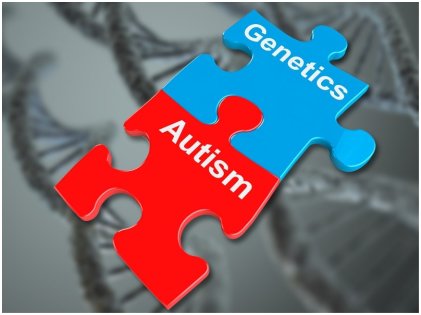
Many believe that finding the main cause of autism might hold the key to its treatment. Research has shown that inheriting certain genes can make someone more prone to having this neurodevelopmental disorder. A lot of path-breaking research is currently ongoing to find out how things work in the brain of an autistic child. Turns out, a mutated human Arid1b gene impairs a neurotransmitter called GABA, which is responsible for helping us relax. The Arid1b gene messes with the cognitive and social skills of the mice on which the experiment was done. This shows that a drug to modulate GABA receptor might help as it helps someone with anxiety. Another recent study has found out that one single gene OTUD7A is found in people who have some missing segments from chromosome 15, giving them some kind of learning disability, impairment, and epilepsy, among others.
Potential Medication That Address The Main Problems Of Autism
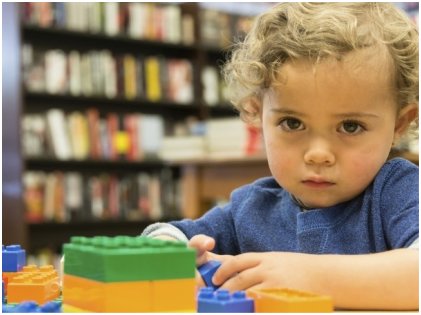 As mentioned before, autism doesn’t have any specific medication yet. Of course, there are medicines to treat symptoms of depression, insomnia, epilepsy and anxiety, to name a few. But no medicine has been discovered yet to address the core symptoms of autism – difficulty in social interaction and communication. In January 2018, there was a major breakthrough though. Swiss healthcare company Roche came up with a medicine called Balovaptan. It works by restricting a molecule that influences social behavior from binding to brain receptors. The first round trial showed that is safe and well-tolerated. Let’s hope we will be hearing more good things about it soon.
As mentioned before, autism doesn’t have any specific medication yet. Of course, there are medicines to treat symptoms of depression, insomnia, epilepsy and anxiety, to name a few. But no medicine has been discovered yet to address the core symptoms of autism – difficulty in social interaction and communication. In January 2018, there was a major breakthrough though. Swiss healthcare company Roche came up with a medicine called Balovaptan. It works by restricting a molecule that influences social behavior from binding to brain receptors. The first round trial showed that is safe and well-tolerated. Let’s hope we will be hearing more good things about it soon.
Biometrics Is Changing The Face Of Caring For Autistic People

In March 2018, Autism Together, a charitable organization, launched a million-dollar project that can help the way care is given to people with severe autism. They are planning to build a huge Autism Assessment Center and Diagnostic Center in Wirral, England. Through biometric devices, experts here can take better care of patients, see inside their bodies, and be well-prepared for any dramatic changes. They also have the potential to find out particular issues that work as triggers or causes of distress or challenging behaviors. All this information will be very useful to the caregiver and help both the carer and the patient.
New Technology For Autistic Children
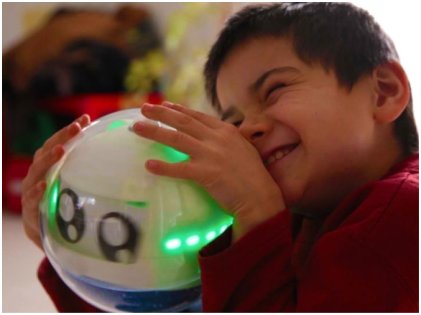
Thanks to technological innovations, lives of autistic children are getting better by the day. There are some great new toys, apps, and innovations that can help children with ASD live and communicate better. Proloquo4Text is an app that helps in terms of expression by using pre-programmed phrases; Smartstones Touch is a device that also helps in communication when connected to a mobile app. Leka is a robotic companion that helps autistic children practice their communicative and cognitive skills. It is especially great for toddlers as Leka engages with them through light and sound. Synchrony and Skoog are musical devices to help them calm down or make their own music. Aside from these, there are still many in development, but so far, with the ones available in the market, these devices have definitely helped numerous autistic children around the globe.
Thankfully, we don’t use science and technology just to build missiles and make war; there is still so much goodness left in this world, and hopefully, one day, there will be care for incurable diseases like autism. The future holds a lot of promises for people with ASD.
More in Treatment
-
`
5 Reasons Why Dad’s Side of the Family Misses Out
Family bonds are intricate and multifaceted, often creating a unique tapestry of connections. However, many people notice a peculiar trend: stronger...
July 12, 2024 -
`
A Quick Guide on How to Get Short-Term Disability Approved for Anxiety and Depression
Living with anxiety or depression poses unique challenges, particularly in the workplace, where stress can exacerbate symptoms. For many, short-term disability...
July 5, 2024 -
`
Why Do People Feel Sleepy After Eating?
Is feeling sleepy after eating a sign of diabetes? Well, not directly. There are many reasons why you feel drowsy after...
June 20, 2024 -
`
What Is High-Functioning Depression? Symptoms and Treatment
High-functioning depression may not be a term you hear every day, but it’s a very real and challenging experience for many....
June 13, 2024 -
`
Kelly Clarkson’s Weight Loss Ozempic Journey – Debunking the Rumors
In a refreshing moment of transparency, Kelly Clarkson, the beloved singer and talk show host, sheds light on her remarkable weight...
June 3, 2024 -
`
What Is the Best Milk for Gut Health and Why?
In recent years, the milk section at the grocery store has expanded far beyond the traditional options. While cow’s milk has...
May 30, 2024 -
`
Do Dental Implants Hurt? Here’s All You Need to Know
When you hear “dental implants,” you might wince at the thought of pain. But do dental implants hurt as much as...
May 24, 2024 -
`
5 Key Differences Between A Psych Ward & A Mental Hospital
Curious about the differences between a psych ward and a mental hospital? You are not alone. With the mental health conversation...
May 16, 2024 -
`
It’s Official! “Selling Sunset’s” Christine Quinn & Husband Christian Dumontet Are Parting Ways
Have you ever found yourself unexpectedly engrossed in the personal lives of celebrities, especially when their stories take dramatic turns? Well,...
May 9, 2024
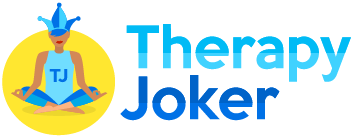









You must be logged in to post a comment Login